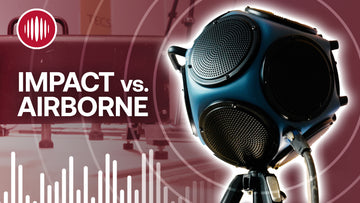Next day delivery - order before 11am
5/5 Rating
Flexible finance
Ask for experts advice
Sound Advice
Take a look at some FAQs and helpful acoustic information.
News
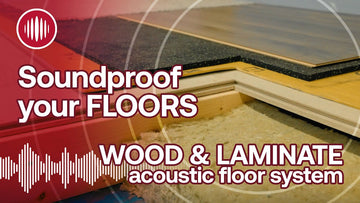
The Best Acoustic Underlay for Leasehold Flats: dB Matting to the Rescue
Looking to replace carpet with laminate or wood flooring in your flat? Meet leasehold requirements...
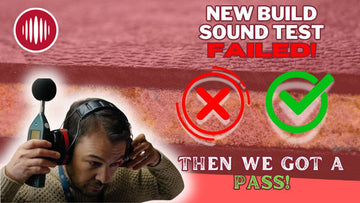
New Build Sound Test Failed! We then got a Pass!
Case Study: Sound Test Failure and Retest After Treatment Project Overview: Peninsular Acoustics were commissioned to conduct...

What is so good about Acoustilay?
What Is So Good About Acoustilay? Why the Original Still Outperforms Its Imitators. The Blog...

University of Liverpool Absorption Treatment Case Study
UNIVERSITY CAREERS OFFICE REFURBISHED WITH SOPREMA Leading insulation and waterproofing product manufacturer Soprema, has provided its...
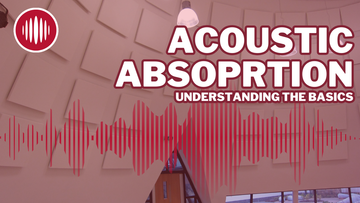
Acoustic Absorption - Understanding the basics
Reverberation – The Problem Reverberation of sound in buildings is a common problem, particularly...
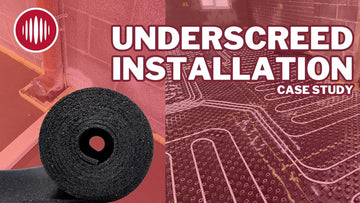
Acoustic Underscreed - A case study
The Sound Insulation Store supplied its floating floor products as part of the separating floor...

Hoe to pass a sound test. Full discussion with an acoustic expert
We recently sat down with an experienced acoustic consultant Jonathan Howell from Peninsular Acoustics....





